DEATH RACE. Purely entertaining science fiction
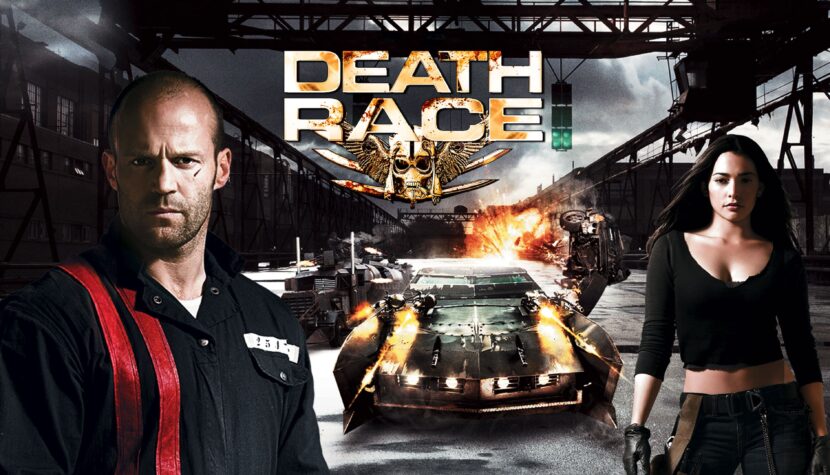
Unconventional because far more important than competing with other participants was running over pedestrians or massacring them in some other twisted ways (electrocution, burning, etc.). This innovative idea quickly caught on, with players around the world indulging in joyous destruction of virtual city and countryside dwellers. Soon after, two sequels were released, offering even more psychopathic entertainment.
Why am I writing about this? Because Carmageddon and its successors were inspired by the 1975 film Death Race 2000 starring David Carradine and Sylvester Stallone, which depicted a dangerous and brutal race. Despite a lukewarm reception by critics, the film quickly gained cult status. Apparently, this was also the case for Paul W. S. Anderson, who decided to direct a new version of the over thirty-year-old production. The director succeeded, and Death Race hit the screens (albeit with a slight delay compared to the USA).
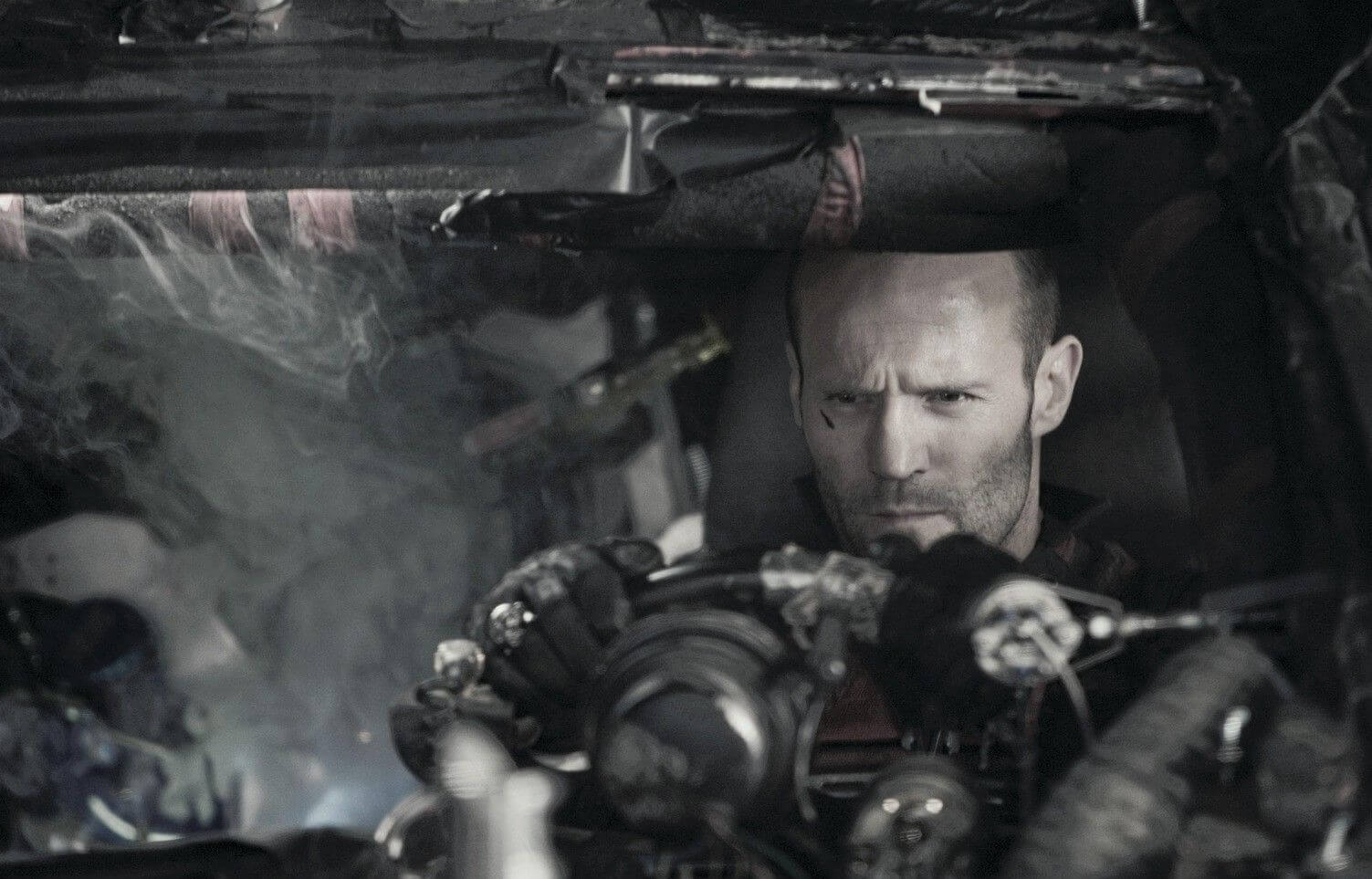
The plot of Death Race is fairly straightforward. It starts with a short backstory, informing us that within four years, starting from 2008, the economy of the United States will collapse completely, and unemployment and crime will become the most significant social issues. Private corporations also emerge, managing prisons for profits. And it’s in one of these prisons where the titular race takes place, broadcasted to internet users worldwide. Convicts, driving armed and armored cars, eliminate each other to the delight of viewers and the sadistic warden (Joan Allen), who is pleased with the money flowing into her account. Into this arena steps Jensen Ames (Jason Statham), framed for the murder of his beloved wife. He is supposed to impersonate Frankenstein, the most popular driver who died during the previous edition of the race.
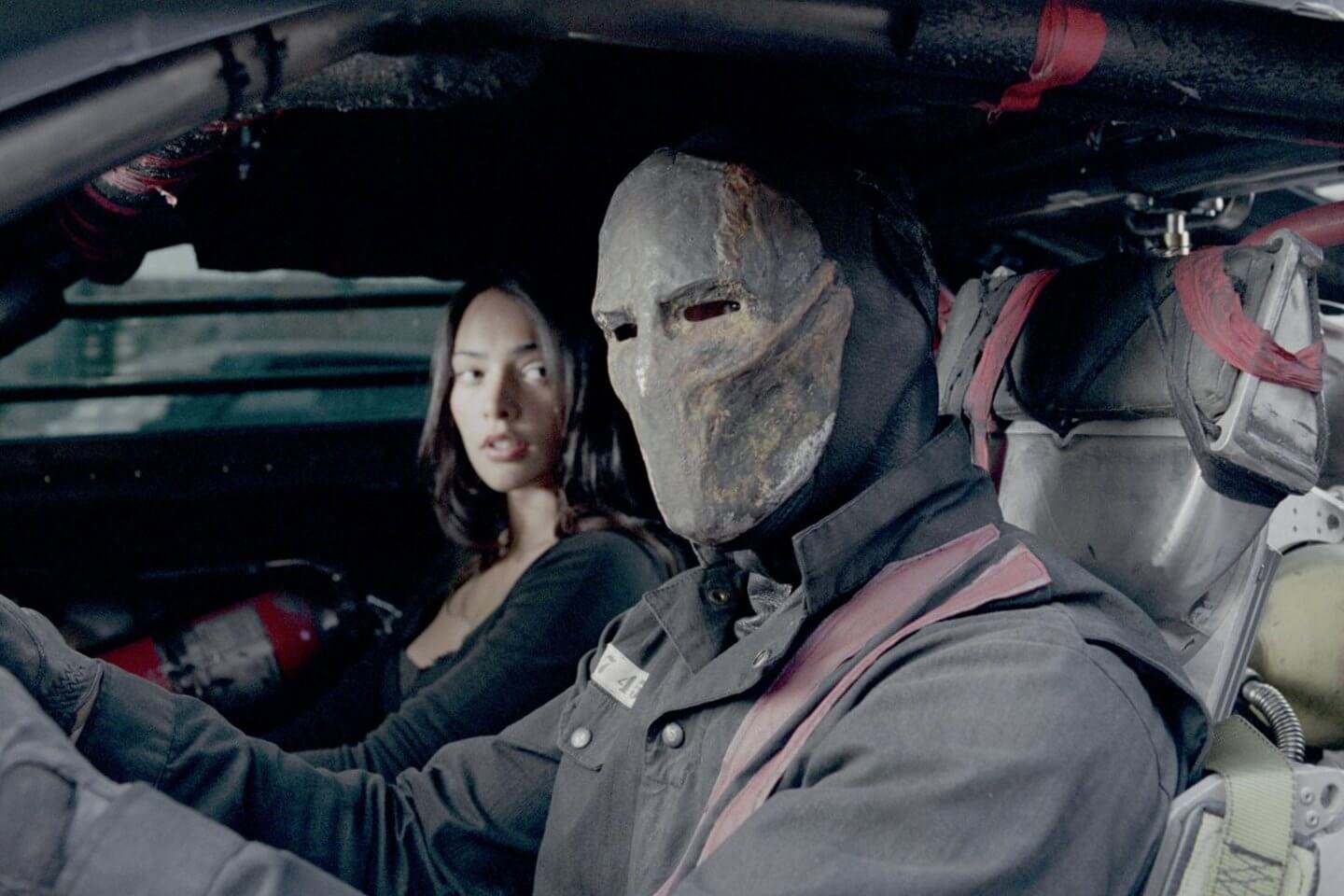
The script serves solely to showcase joyful carnage, chases, and spectacular pyrotechnic effects. And by no means is this a flaw, because any side stories would only introduce unnecessary breaks in this dynamic plot. Incidentally, the original 1975 version added several unnecessary motifs that effectively detracted from the viewing pleasure. Here, we won’t experience that – Anderson maintains a good pace, and it’s impossible to get bored during the screening. There’s a lot happening, quickly, spectacularly, and (it must be admitted) very imaginatively. Prisoners gleefully eliminate each other, using various methods that a normal person wouldn’t even think of. One thing you can’t deny Death Race – if someone wants to have a good time, simply sit in the chair and enjoy without engaging even a single gray cell; there’s no better option.
It’s satisfying to see and hear the R-rated nature. The film wasn’t artificially sanitized. Uncensored language occasionally comes from the screen, and a few scenes bordering on gore are present. Although it’s hard to imagine this picture without such embellishments, Hollywood producers can invent things that philosophers haven’t dreamed of.
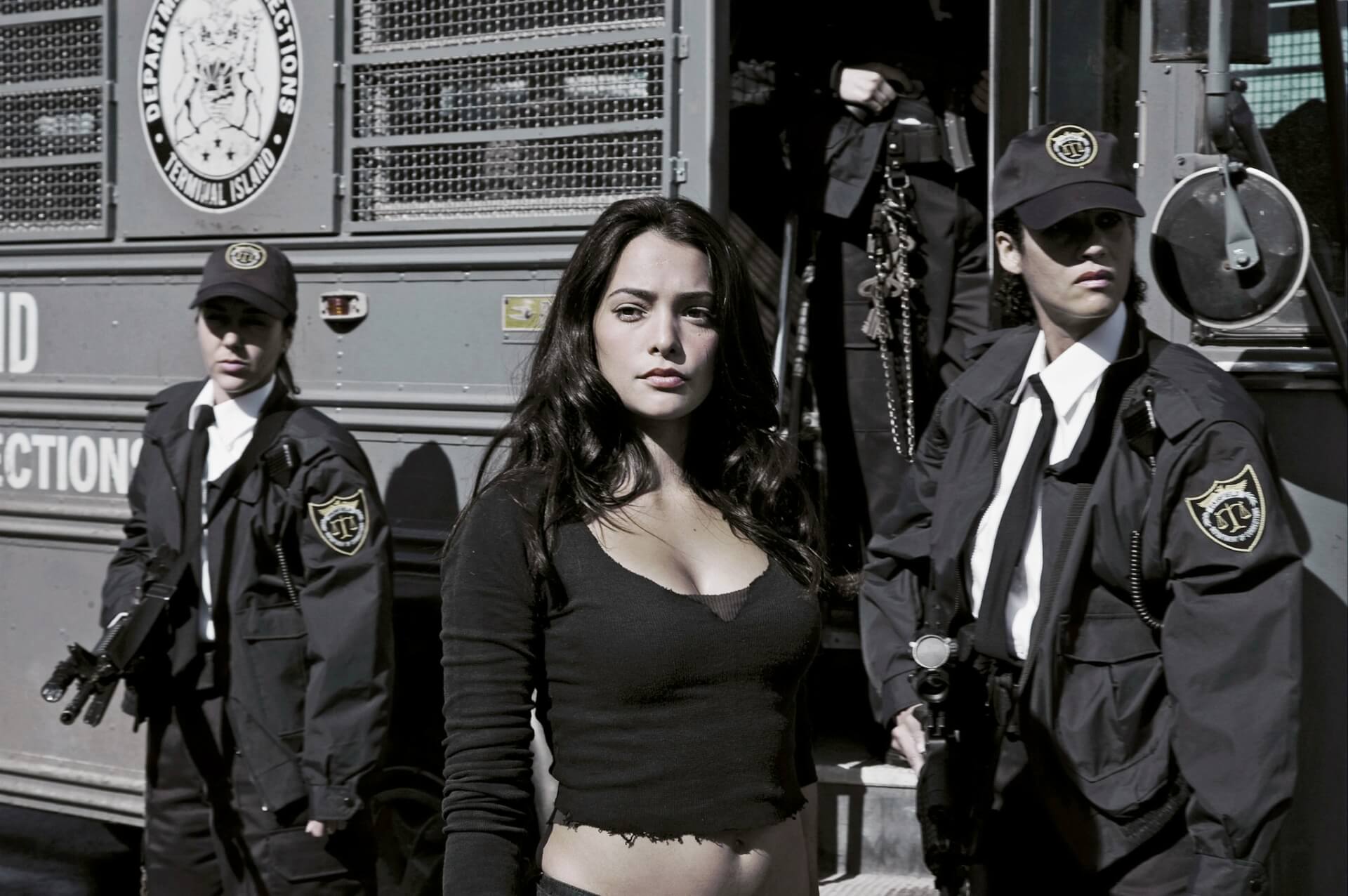
Thankfully, they kept their greedy hands away in this case, so the viewer received a bloody product with quite juicy language (by today’s standards). I would even venture to say that Death Race evokes action cinema from the 1980s, where the plot often didn’t matter, and instead, we watched dynamic chase scenes and shootouts. Also, the computer effects were kept to a minimum, or they were so well integrated into real settings that they don’t strike as artificial. Metal bends, fires occasionally erupt, participants in the race laugh hysterically or scream terrifyingly. Bullets fly, sometimes hitting their mark, explosions cheerfully bloom on the track, all in the old, good, unpretentious style.
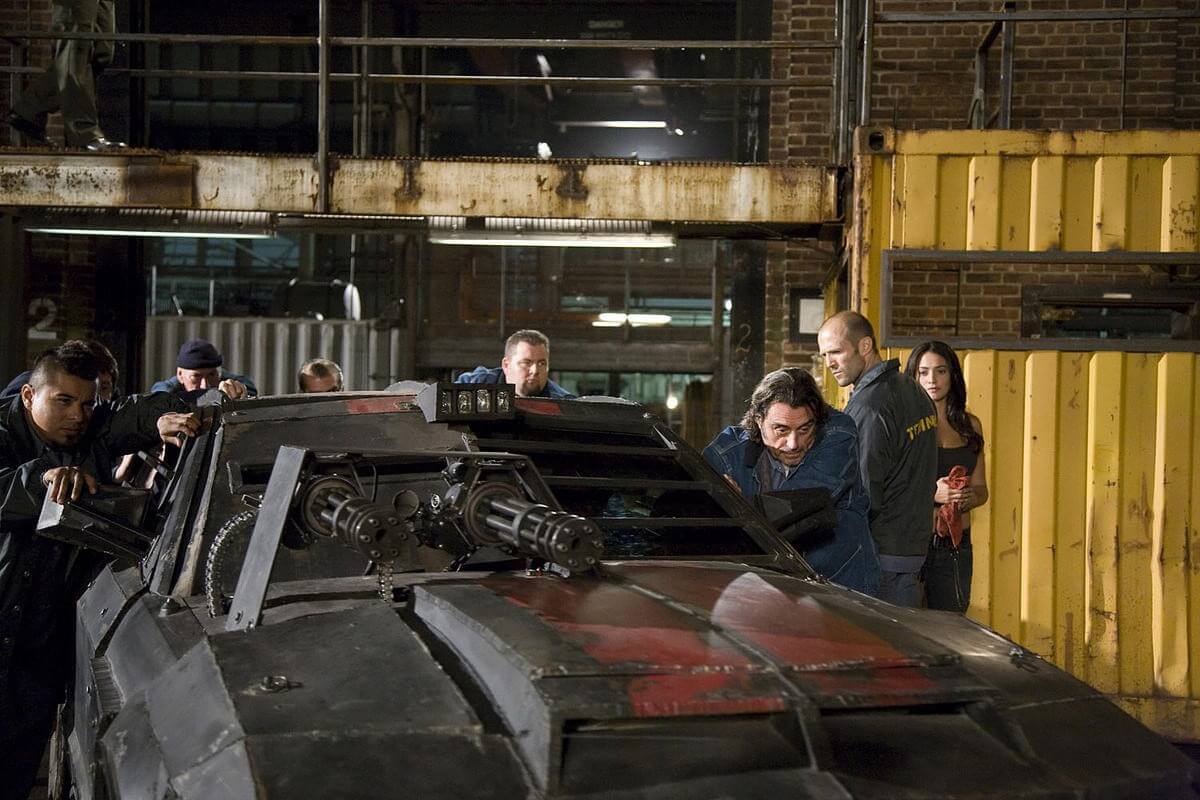
I should also mention the connections to the original 1975 film. Apart from the idea of a ruthless race, a few main character names, and a vocal cameo by David Carradine in the first scenes of the new version (the original Frankenstein), the two productions are essentially different. Death Race 2000 is a rather tacky mix of science fiction, black comedy, road movie, and drama depicting a totalitarian state. Paul Anderson, on the other hand, directed futuristic action cinema, albeit the adjective “futuristic” mainly applies to the setting and economic aspects. Everything else doesn’t deviate significantly from the known realities – neither the appearance of the cars (taking into account their armament and armor), nor everyday objects, or clothes are surprising and look quite ordinary. Interestingly, both versions are produced by Roger Corman, whose name is permanently associated with B-movies and subsequent alphabet letters.
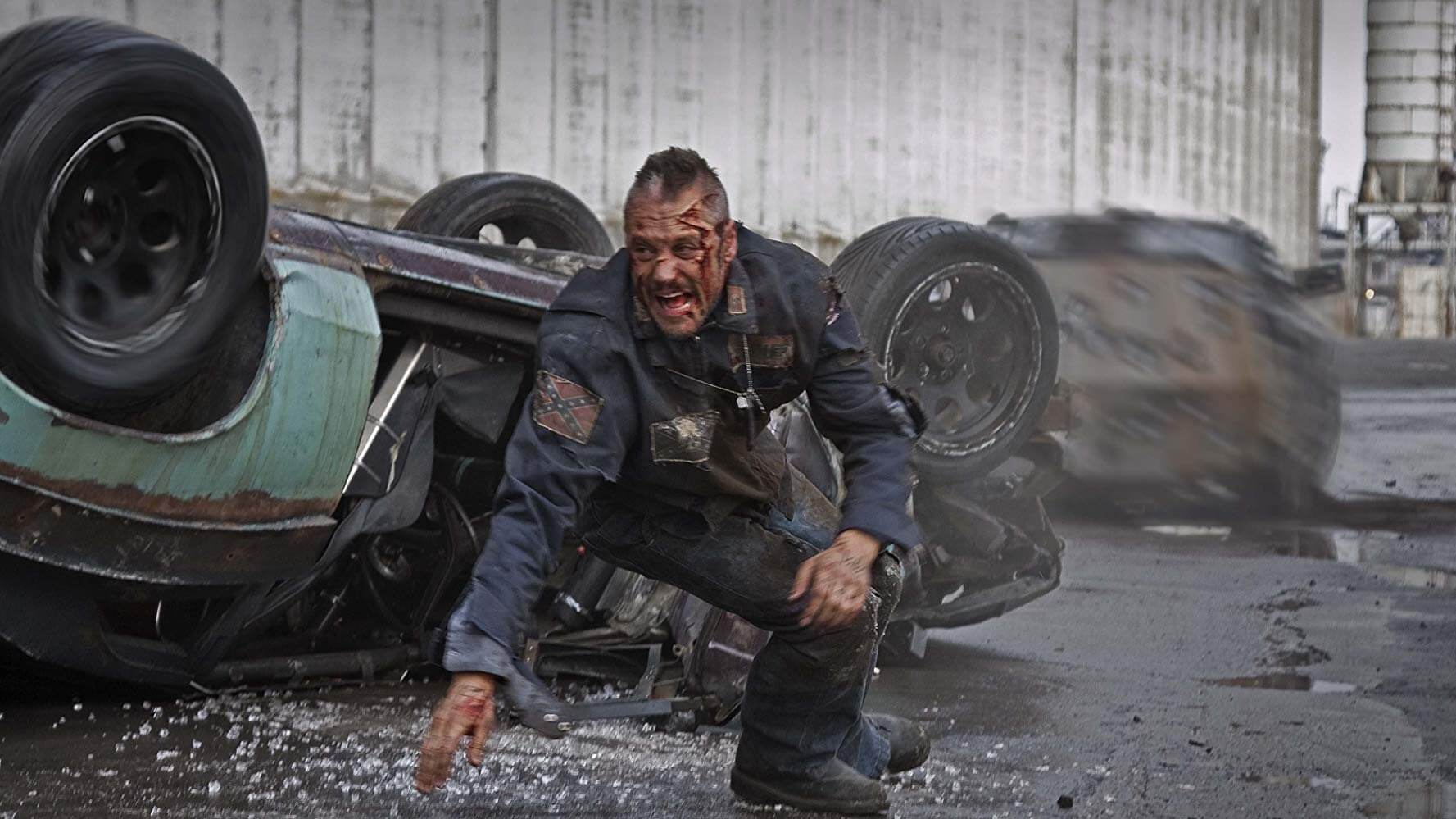
In Anderson’s film, however, one can notice certain common elements with Paul Michael Glaser’s The Running Man with Arnold Schwarzenegger. There too, the main theme revolves around a brutal show where participants fight each other, and bloodthirsty viewers watch these struggles eagerly. The bliss lasts until Arnold’s character gets involved. Considering the plot, it turns out that Death Race draws much more from The Running Man than from the “official” original. Anderson also referred to Mad Max in his film, especially to the middle part of the trilogy depicting the adventures of a post-apocalyptic warrior.
I must also write a few words about the cinematography. Anderson’s film features plenty of fast, dynamic shots, but not so chaotic that you can’t see what’s happening on the screen. It’s also worth mentioning that the music exceptionally complements the visuals.
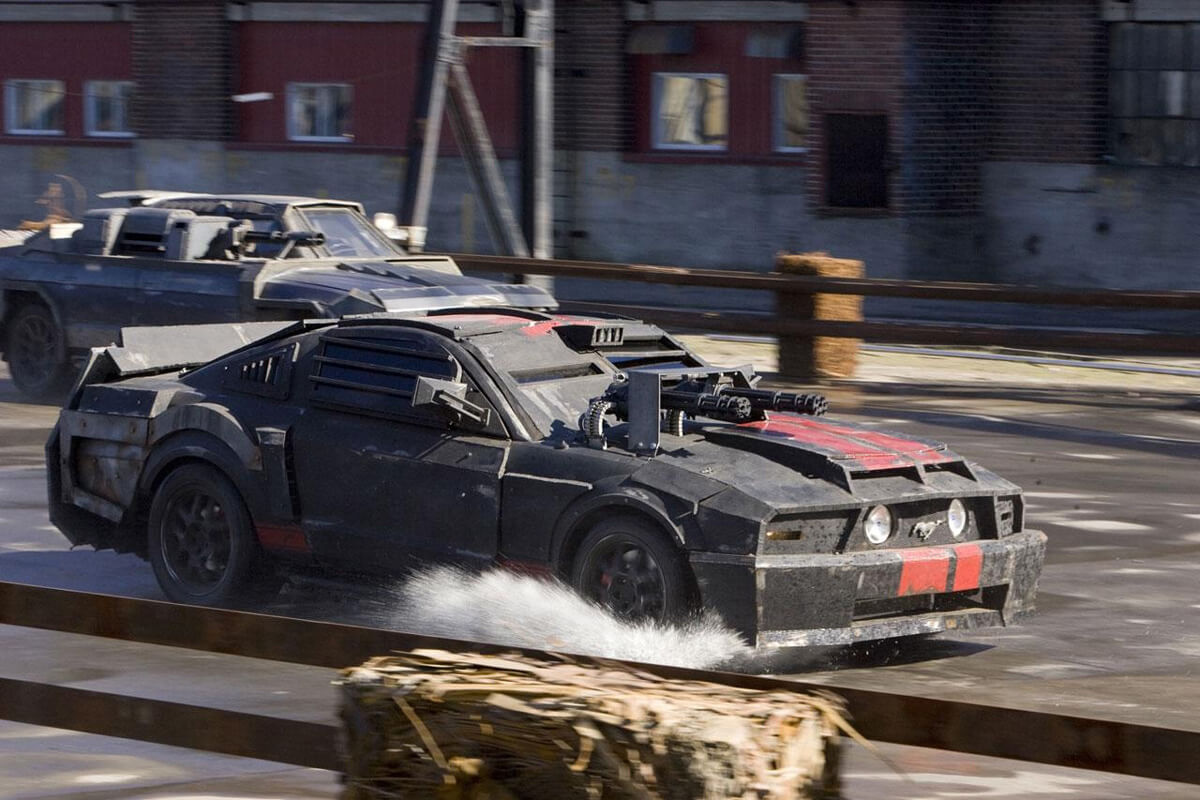
During the screening of Death Race, I reflected that the idea of a brutal game presented in the film isn’t as distant from reality as one might initially think. Even now, you can find programs on individual TV channels’ schedules that a few years ago had no chance of airing. Breaking successive barriers and feeding on the lowest instincts is slowly becoming commonplace in the battle to increase viewership. Who knows, maybe in a few years, someone will implement the idea from Paul Anderson’s film into reality. High viewership in front of the screen guaranteed…
So, is it worth watching the latest work of the creator of, among others, AVP: Alien vs. Predator? Yes, but only if you expect a totally and absolutely entertaining product, teeming with absurd and unrealistic scenes. If you want to forget about your problems for a while and treat your senses to a feast for the eyes and ears, you might be tempted to watch it.
Words by Piotr Zymelka.

